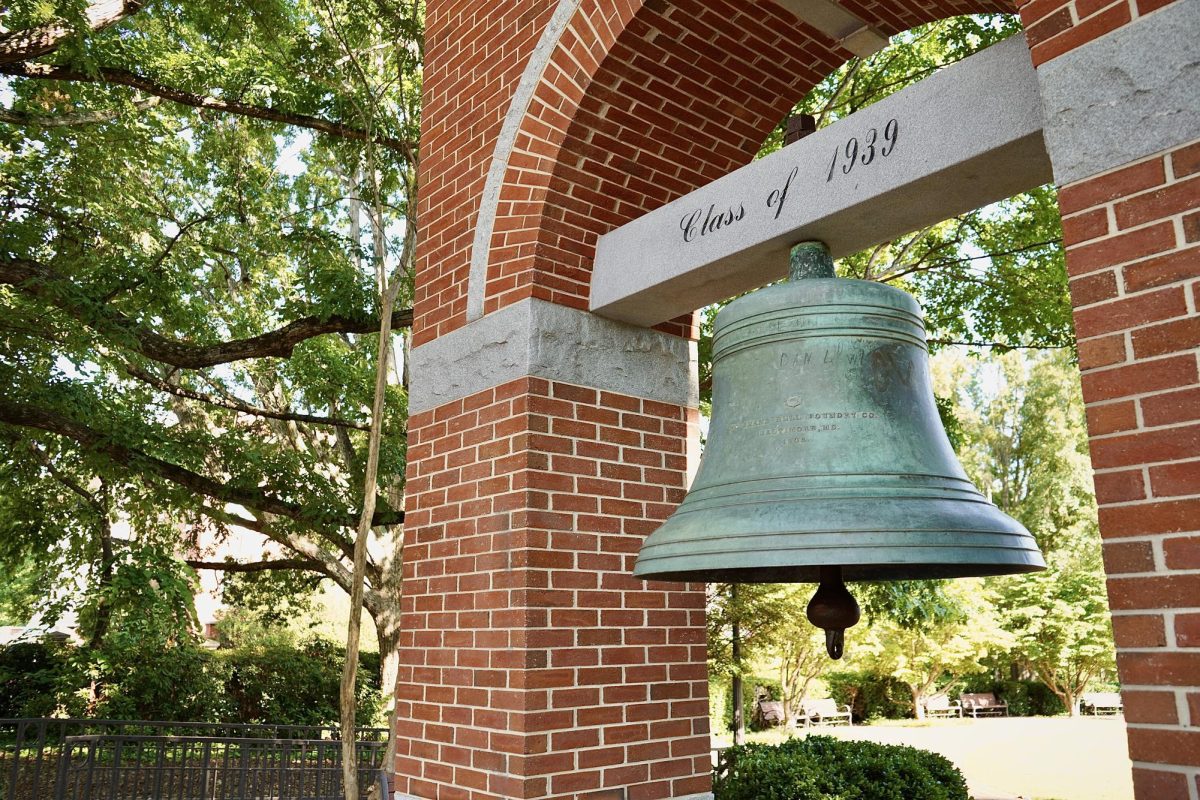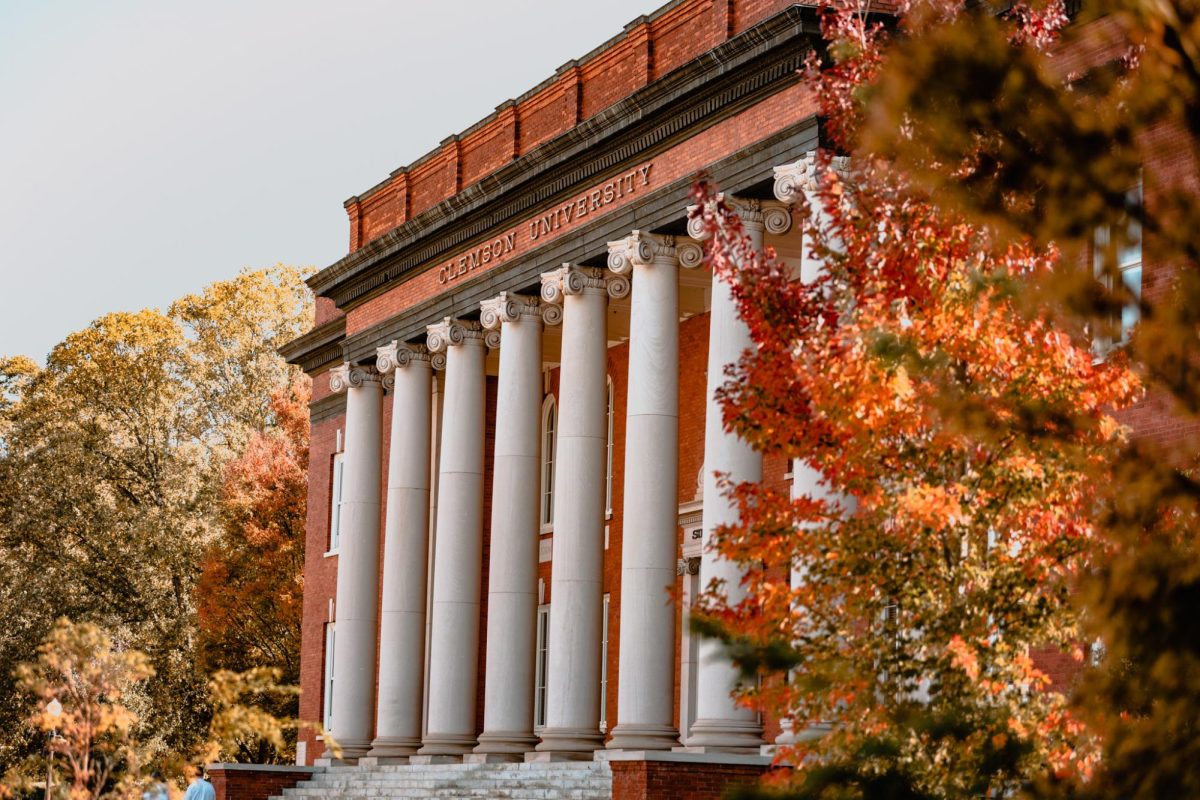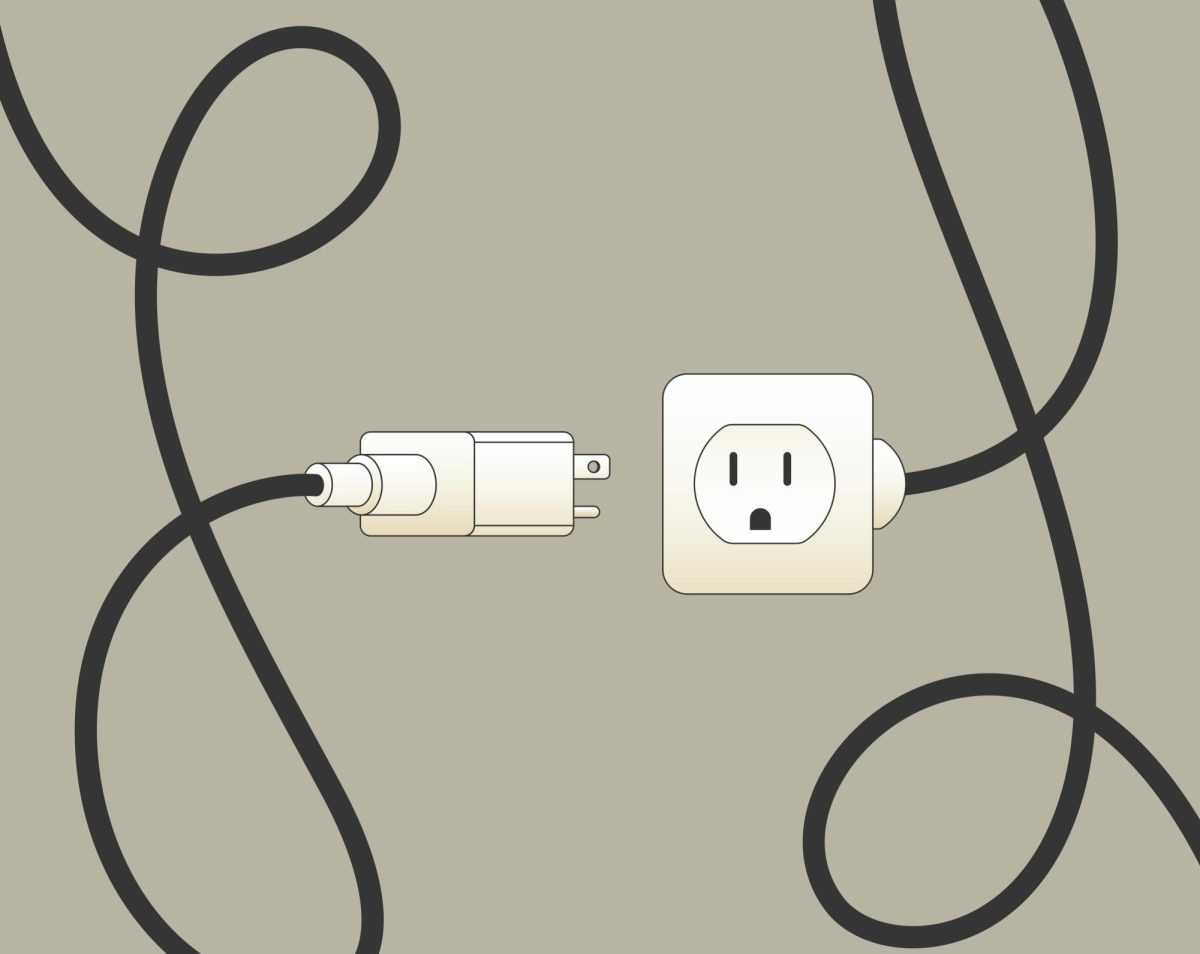It’s not the color of my skin or the length of my name that shapes my personal identity. It’s my interests, my passions, my dislikes and, let’s be honest, my favorite shows to binge watch.
The discussion of race on the Clemson campus tends to be avoided by students unless it is highlighting what Clemson, as an institution, has or hasn’t done to help students to feel part of the “Clemson family.” Because of this, I want to begin an overdue conversation that centers on the role that we, as members of the Clemson community, play in fostering inclusion. We need to take ownership of this issue and in that spirit I am writing to ask that you be self-reflective on the role you play in magnifying divisions in our campus community.
I am a Hispanic student and one could make the assumption that it is hard for me to find my niche here at Clemson. However, is this an assumption built off of self-doubt and self-segregation? Please note I am not generalizing the Hispanic community, not every student who is of Hispanic descent feels a sense of exclusion or alienation. In fact, inclusion and the experience of the “Clemson family” has been the majority of my Clemson experience. After reflection, the times I felt exclusion is when I let the color of my skin stimulate self-doubt, or when I allowed my cultural differences to alienate me from my peers.
Now, the downside to feeling part of the Clemson family is the feeling of distance I feel from the peers of my own ethnic community. Why is this? Is it because of differences in culture? I grew up in a culturally diverse community. Could the culturally balanced peer group I experienced growing up suppress my need for recognition of my ethnic identity? Does this cause a barrier between my peers who have expressed that they feel most comfortable in communities that share cultural similarities and that these include their family and only a handful of students? Who then is to blame? Is it both parties who lack the curiosity to find out how each other’s experiences were? Or does curiosity have nothing to do with the absence of conversation and rather it stems back to self-segregation and the importance of holding on to the experiences that shape your personal identity?
Although I don’t want this piece to create controversy within the Hispanic community on Clemson’s campus, the question has to be asked: does the small community of Hispanic students create self-segregation to avoid a unity with the predominately white Clemson campus? Ok, that question seems a bit heavy, but I ask you reread it and let the question sink in. It is one I have had to ask myself many times. If you’re not of Hispanic descent I ask that you think about your own racial background and ask yourself, have you participated in self-segregation? What I’m saying is for you to consider, regardless of your identity, taking responsibility for racial division for segregation on Clemson’s campus and in our wider society.
Though it seems impossible to have a conversation about race without argument, racial tensions, or the uneasy feeling of being offensive and wrong, where else is the most appropriate setting for this conversation to take place? Ignoring demographics, it seems almost too obvious that Clemson should serve as a place to hold open, educational discussions about race. Though responsibility is not solely laid in the hands of Clemson’s faculty and administration, as educational leaders, they should take the initiative to spark conversation. It is imperative to note, however, that the responsibility is also in the hands of students, to engage in civil discourse. Clemson family, if we don’t start now, if we don’t start openly talking about racial differences without the negative strings attached, who else is going to?








